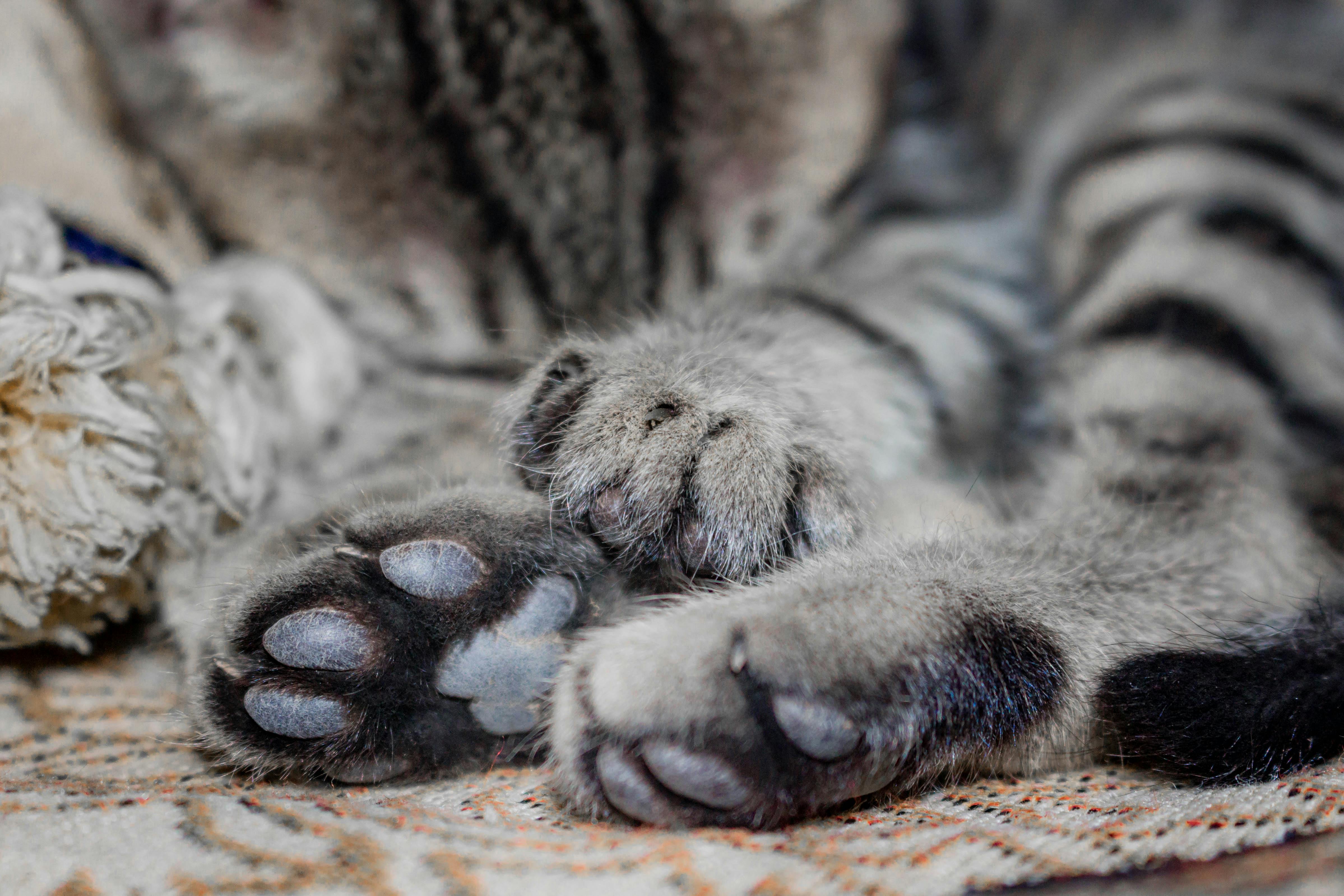Years ago, my aunt, a great animal lover, began receiving nightly visits from a beautiful red-haired stray cat. Due to the disgusting abuse of his previous owners, he had no teeth or claws left and was very malnourished and extremely scared. My aunt, who was very sensitive to animals, saw that he was so hungry that her fear was overcome by a desperate need for food. She wouldn’t let anyone else get near her except for her and if someone else left the food out, she would know it and it would make it stale. He really had an incredible gift with animals.
Finally, he trusted her enough to allow her to caress him, but nothing more. He was content to live a wilder life if it meant he was safe from humans. We really are an embarrassment to this planet.
So how do you help stray cats? How do you earn their trust?
First of all, you need to know the difference between a stray cat and a feral cat. It is not always easy to tell because, over time, a stray cat will revert to its natural instincts, which is the same as the behavior of a wild cat.
Obviously, a stray cat will have been abandoned by its owners or will have been lost. They may have a collar, but if not, you should know by the quality of their coats if they have recently become stray dogs, rather than a feral cat. If you can, take a photo and check with your local vets if someone has lost their cat. Do not assume that you can take someone else’s cat, in many areas it is illegal. There may also be a very good reason for them to get lost and there may be a family trying to find them. You can usually take responsibility and become a stray cat owner after about two weeks of notifying local animal shelters, vets, etc.
A feral cat will be much less inclined to interact with you and will be more likely to display aggressive and wild behavior to you. You are also less likely to see them over a period of time, like any sign of a human and they are off. I can’t blame them for that!
Wild cats have been born in the wild to wild parents or stray cats that have become pregnant. They tend to live together in occasional family colonies and can survive in urban and rural areas. They are not always popular as, like other wild animals, they will rummage through their containers in search of food. So be careful, your neighbors may not like you starting a feeding program for them.
So if you want to help a stray cat, the first thing to do, of course, is feed it.
An adult stray dog that is malnourished will quickly accumulate in kitten food. However, go back to adult food as soon as you see an improvement. They will need the nutrients in adult foods once they have initially recovered.
Try both wet and dry food. See what your preferences are.
Buy new cat bowls, as they will not like the smell of other pets.
Always provide fresh water every day.
Feed them at night to start, but leave foods dry during the day in case they start to take on value and come to your garden more often. They need to feel like they have a safe place to go.
After a while, try to be present when you know the stray dog is going to show up. Put the food down, step back, and speak in a soft tone. Don’t try to pet the cat. Let him feed and go if he wants. The main point is to gain confidence little by little. You know you can never rush a cat.
The next time, offer some food from your hand. You may or may not take it, stick with it and try again next time.
If no one claims the cat and you decide to relocate this stray dog, capturing it in the most humane way is your next step. You may not be able to do this, so it is a good idea to contact your local animal shelter and they may be able to send someone to help you.
Once you’ve done that, go straight to the vets for a full checkup. Treatments for deworming, fleas and ear mites and sterilization should be performed.
If you have other pets, keep the new cat in a room until he calms down and introduce him slowly.
Once you’ve taken responsibility for a stray cat and brought it into your home, prepare for the adjustment period to take some time. You do not know what they have suffered, be patient. They will probably want to stay by your side as much as possible. Over time this should subside, but remember that they may be a little worried about this new home.
Watch them with new cat toys, a cat bed, and a stand. You may want to try using a feline facial pheromone spray or diffuser to help calm your nerves.



